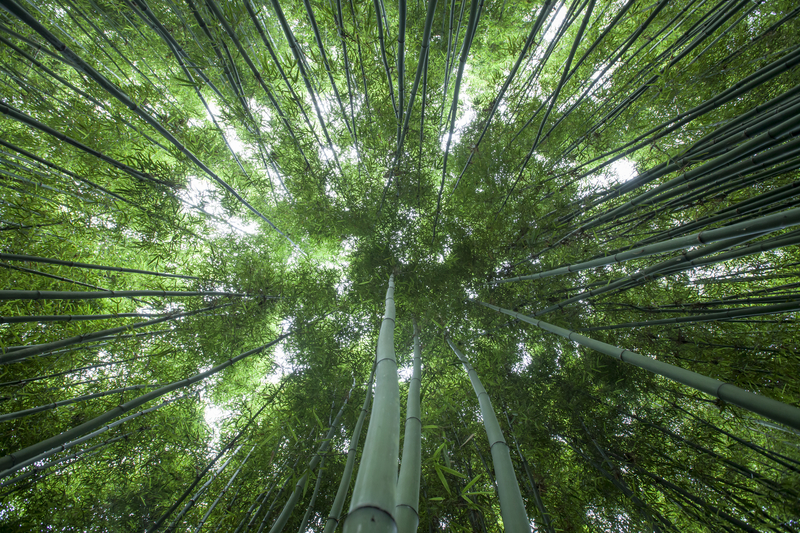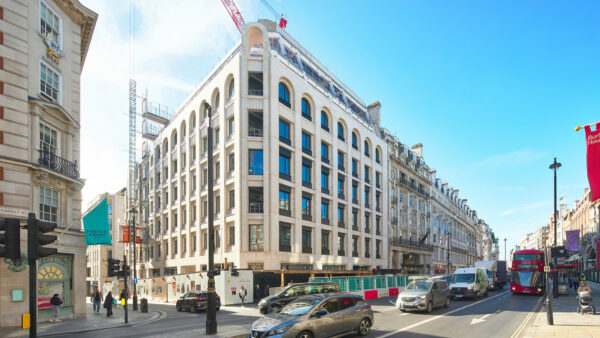
Dr David Trujillo, assistant professor in the School of Energy, Construction and Environment at Coventry University has dedicated his research to the potential of bamboo in construction. He tells CM it is an impressive, sustainable but under-utilised alternative to masonry and concrete.
What prompted you to start researching bamboo structures and their potential in construction?
I have been researching bamboo since I was studying as an undergraduate in my native Colombia. My initial motivation then was to offer an alternative to masonry and concrete to low-income communities in the global south. I was particularly impressed by the good performance of bamboo structures in the 25 January 1999 earthquake of the coffee-growing region of Colombia. This was the final piece of evidence I needed.
What advantages does bamboo offer over modern building materials?
So-called ‘modern building materials’ are actually anything but modern. They are a thing of the past. We will come to see them as a curiosity of a time when the price of goods disregarded the environmental cost. I call these 20th century technologies. The paradigm is shifting, albeit too slowly.
Most ‘modern building materials’ do not factor in their environmental cost. Steel, glass, aluminium, plastics, concrete and masonry have huge carbon and environmental footprints. Bio-based materials (e.g. timber, bamboo, hemp) offer one way to significantly lessen the environmental impact of what we build. In some respects, they can even have a negative (i.e good) embodied carbon.
What are bamboo’s advantages?
Bamboo has the strength-to-weight ratio of steel. It is as strong as oak, but grows in a fraction of the time. It is twice as stiff as softwood. Bamboo plantations provide a range of environmental services including carbon sequestration. Bamboo is a particularly promising resource for the global south where commercial forestry is in its infancy.
Can you point to any recent examples where bamboo has been used successfully in a construction project?
There are two main ways in which bamboo can be used in the round form (i.e. as stems) and as an engineered product. Two beautiful examples of use in the round form are a structure built in Beijing, China, and the Green School gymnasium in Bali, Indonesia:
Where, in terms of geographical location and type of project, do you think we could see more use of bamboo in construction in the future?
Bamboo stems can reach diameters in excess of 150mm, but these larger bamboos originate in the tropics and subtropics. As we move away from the tropics, the sizes of stems become smaller and smaller. In the UK it is unlikely that we can find stems greater than 50mm in diameter. However, larger diameters are being grown in southern Europe.
Using bamboo stems as structural elements has limited applications and is currently fairly labour-intensive, though research into automation is being undertaken. Construction with bamboo stems has a limited potential in Europe, but can be a useful resource for housing in the global south.
Engineered bamboo is a different matter. It is more expensive than softwood, but competitive with hardwood. Given that the UK is a net importer of timber, these products hold a lot of promise. As the Moso International images show below, it can be used for numerous semi-structural applications such as cladding decking, and window frames.
How readily available is bamboo for construction projects globally? Does it need to meet a certain grade to be suitable (in terms of strength, fire performance etc) and how is it tested?
There is an abundance of bamboo around the world, but the supply chain is not as mature as for other commodities. Many are working towards addressing aspects of this, through, for example, the development of standards. One such standard is for grading of bamboo stems. There is ongoing work on the development of standards for engineered bamboo products.
The difficulty I find with supply chains is that there is always a chicken and egg situation: small demand does not warrant the investment into the supply and lack of reliable, regulated, low-cost supply wards off the demand. It should be noted that bamboo has low natural durability, therefore bamboo stems must be treated with a preservative.
Engineered bamboo products tend to have a broader range of performance.
In terms of fire-resistance, bamboo stems are combustible, as are most bio-based materials. This requires careful consideration in design.
Comments
Comments are closed.












Dr David Trujillo
A very interesting article and I am happy to see the profile of bamboo growing. On a recent trip to Colombia I stayed in some amazing buildings built from Bamboo and Guadua. Have you done any research into structural design using Guadua?
Best regards
Steven
In response to Steven Knight, yes most of my research has been done with Guadua bamboo.